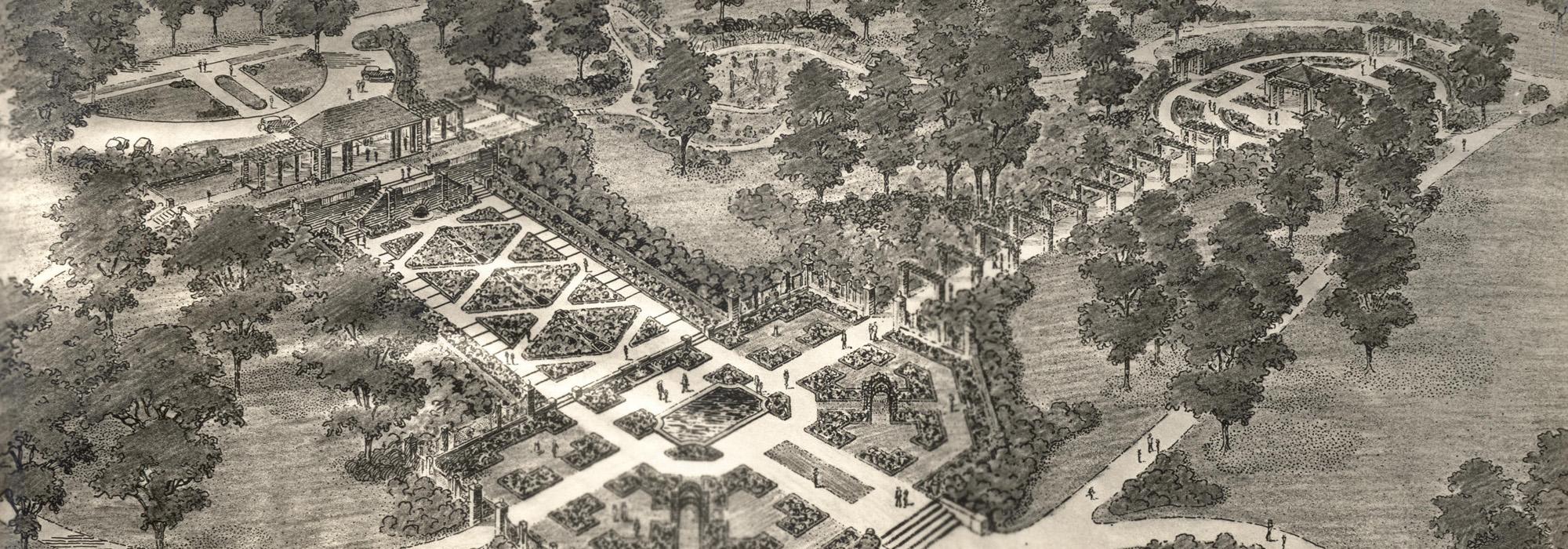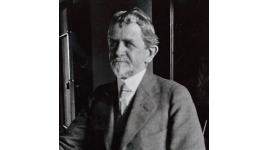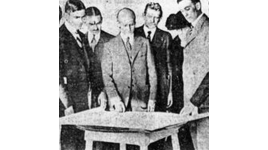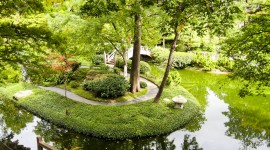The Extraordinary Legacy of Hare & Hare in Fort Worth
A year ago, a major media outlet in the Dallas-Fort Worth area published an article titled “The 10 most important American landscape architects who helped shaped North Texas.” The names on the list were heavy hitters for sure—Dan Kiley (Fountain Place, Dallas, and the sculpture garden at the Dallas Museum of Art), Philip Johnson (Thanksgiving-Square in Dallas and the Fort Worth Water Garden), Peter Walker (Burnett Park, Fort Worth), and Lawrence Halprin (Fort Worth’s Heritage Park Plaza and Dallas’ NorthPark Center). Others included were brothers Joe Jr. and Henry Lambert who worked in Dallas and Shreveport and whose firm continues today, and Arthur and Marie Berger, Dallas’ preeminent modernist landscape architects in the 1940s and 1950s.
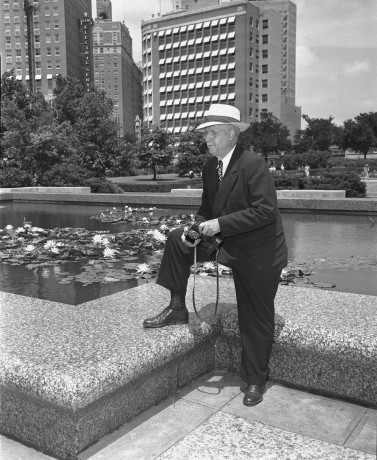
Conspicuously absent from the list was Hare & Hare, a firm from Kansas City, Missouri, that arguably had a much wider impact across North Texas than all of the listed firms combined. The firm was composed of the father-son team of Sidney J. Hare (1860-1938) and S. Herbert Hare (1888-1960). (S. Herbert Hare, pictured to the left, courtesy, Fort Worth Star-Telegram Collection, Special Collections, The University of Texas at Arlington Libraries, Arlington, Texas.) The elder Hare was not a formally trained landscape architect but worked with George Kessler while employed in the Kansas City engineer’s office, became the superintendent of Forest Hill Cemetery, and then established his own landscape design practice in 1902. The younger Hare joined his father’s firm in 1910 after studying under Frederick Law Olmsted, Jr., at Harvard’s newly established landscape architecture program. The firm became nationally known for site-specific designs as well as park, institutional, and city master plans across the country, including the North Texas cities of Arlington, Dallas, Denison, Denton, Fort Worth, Haltom City, Sherman, and Wichita Falls.
Perhaps the North Texas city most profoundly shaped by Hare & Hare, and one in which the firm’s work is still widely evident, is Fort Worth. From the early 1920s to S. Herbert Hare’s death in 1960, the firm worked on hundreds of projects in the city, including park and highway planning documents, individual residential and subdivision designs for community leaders, a city-wide school grounds improvement program, and beautification projects for public buildings and institutions. It is difficult to move through sections of the city without passing by or through a landscape molded by Hare & Hare.
The firm’s presence in Fort Worth was initially felt in 1925 when it was hired to update the city’s park master plan, first drafted by George Kessler in 1909. Fort Worth was a much different city in 1925 than it was when Kessler completed his plan. The population had grown to 154,847—more than twice what it was in 1909—and the automobile had extended the city beyond its streetcar lines. Residential development had eliminated the possibility of fully implementing Kessler’s plan. Between 1909 and 1925, the park board acquired more parks but lacked the funds to develop them.
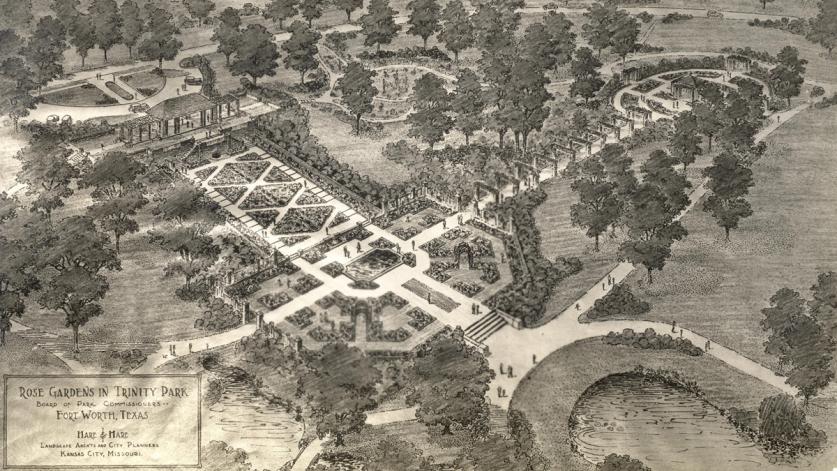
Hare & Hare (in particular, S. Herbert Hare) studied the city’s needs for five years before releasing the plan titled “A Comprehensive Park System for Fort Worth,” which recommended creating a system of parks and scenic drives connected by the river valleys. Also prepared were plans for 25 individual parks. With the advent of the New Deal and its federal relief programs, many of the park plans were built during the 1930s. The plan for the city’s Municipal Rose Garden, located in the oldest section of the Fort Worth Botanic Garden (listed in the National Register of Historic Places in 2009) received national attention. The project included a crisscrossing rose ramp and water rill inspired by Villa Lante in Bagnaia, Italy. A shelter and terrace above the ramp provided a stunning view of the rose garden and a vista cut through a native stand of trees. At the termination of the vista was a small shelter overlooking the Clear Fork of the Trinity River. A perpendicular colonnade of nine pergolas led to an oval rose garden with another shelter at its center. All of these features were unified by the use of rough-faced Palo Pinto sandstone. The rustic nature of the stone contrasted with the formality of the rose beds. The Municipal Rose Garden was constructed in nine months by laborers formerly on the relief rolls. S. Herbert Hare considered the garden to be one of his most spectacular developments. It was recently rehabilitated by the Fort Worth Garden Club (as seen in both images below).
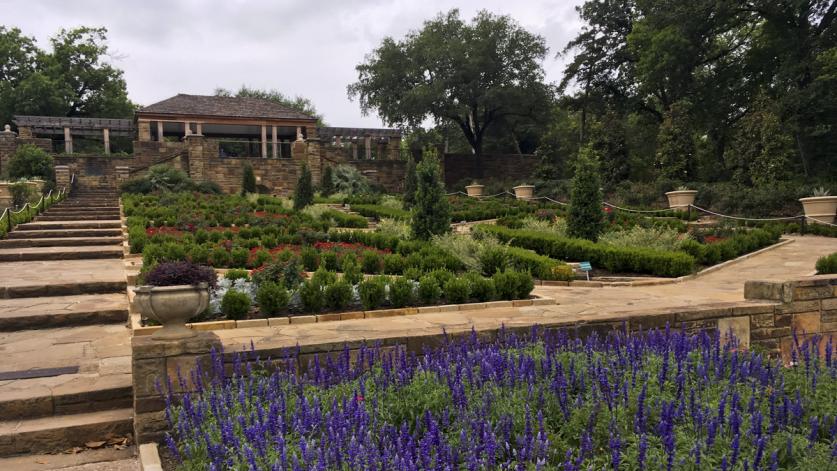
Three other parks in Fort Worth retain notable elements designed by the firm and constructed by the Works Progress Administration (WPA). Two retain shelters that incorporated a band stand and combination dressing and restrooms, making the buildings multi-functional. The shelter in Trinity Park, located just west of downtown, was constructed of whitewashed brick (the whitewash was later removed). Fronting the shelter on the north was a reflecting pool and fountain. The shelter in Trail Drivers Park, also constructed of brick, was sited on a hill in the midst of graceful live oaks with the downtown skyline providing a dramatic backdrop. Oakland Lake Park in east Fort Worth received a rustic stone terrace overlooking the park’s lake. Other improvements to the city’s parks by Hare & Hare can be found in various states of preservation.
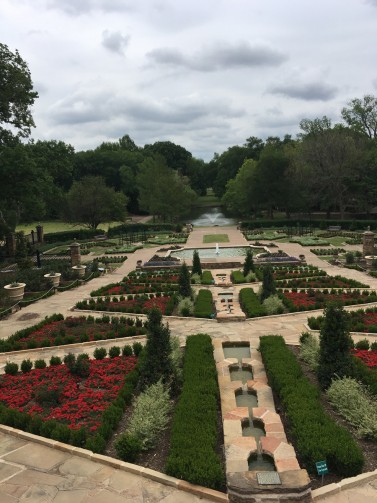
In concert with park projects, Hare & Hare oversaw a school-landscaping program that also benefited from WPA funding. Work at 64 schools, including five new high schools, varied from new sidewalks to large amphitheaters. Although much of the work has been lost to building and parking lot expansions, rustic stone or concrete elements, such as terraces and retaining walls, remain at many schools, as do hundreds of trees.
Hare & Hare also designed numerous residential subdivisions, which remain popular Fort Worth neighborhoods. Among the first was the aptly named Park Hill. Developed in the mid-1920s above Forest Park, the addition was organized around two curvilinear streets that crowned the top of a hill. The design of the Monticello addition took advantage of the gently rolling terrain and included a small interior greenbelt that became part of the city’s park system. The Ridglea Addition was also set on rolling terrain and included a golf course. The plan for Ridglea was published in the American Society of Landscape Architects’ 1932 Illustrations of Work of Members.
Through the 1940s and 1950s, S. Herbert Hare continued to be the park department’s primary consultant. He also worked with the city’s planning department on the identification of corridors for the expanding freeway system and on zoning issues. The post-War era brought more residential subdivisions and another park master plan in 1957.
All of this work meant that Hare made frequent trips to Fort Worth for meetings with the park board, community leaders, such as Amon Carter (publisher of the Fort Worth Star-Telegram), and other clients. During these visits, it was common for Hare to give “Kodachrome” presentations to men’s and women’s garden clubs, beautification societies, and similar organizations. On the 25th anniversary of the firm’s role as the city’s park consultant, the Star-Telegram noted that Hare’s “imprint on Fort Worth’s physical appearance probably is greater than any other man’s.” In turn, Hare remarked to the reporter that he felt as if he were “‘a true Fort Worth citizen.’”
Susan Allen Kline is an historian, author, and preservation consultant who specializes in the preparation of nominations to the National Register of Historic Places.



